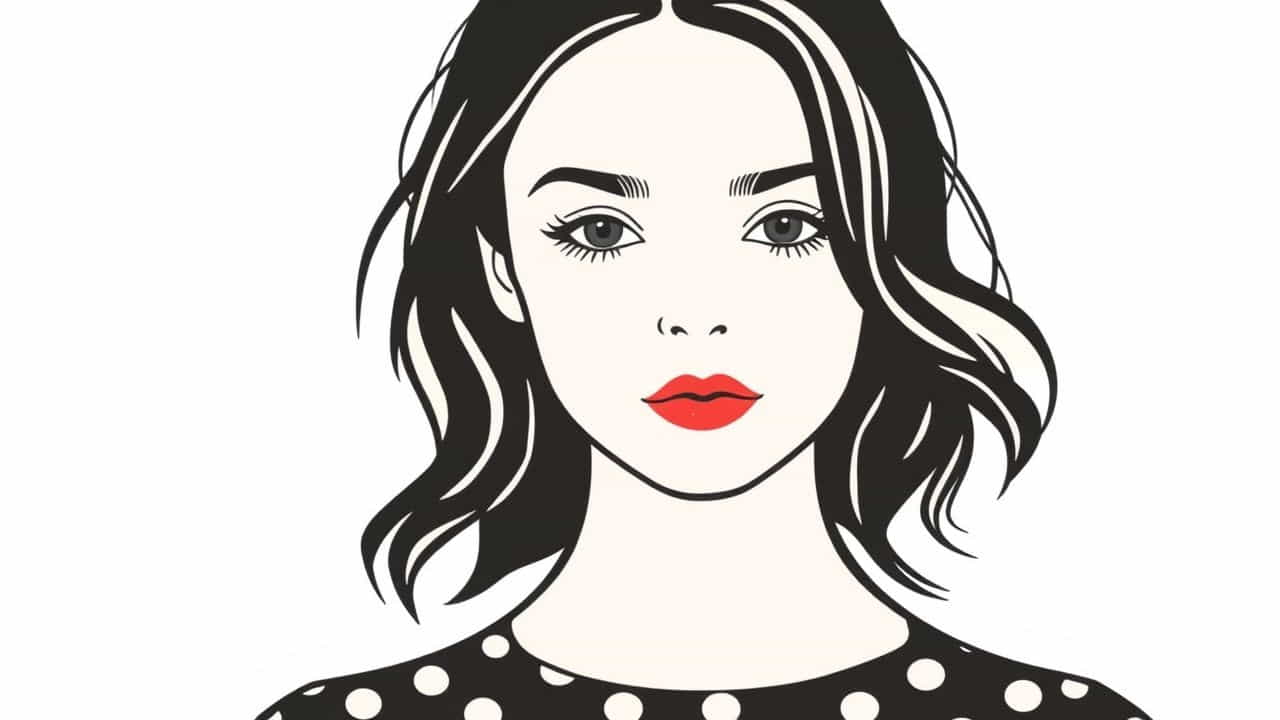“Your Gaze Hits My Face” is a striking feminist artwork created by Barbara Kruger in 1981. This iconic piece challenges the way women are perceived in society and critiques the male gaze, a concept widely discussed in feminist and art theory. Through bold typography and a confrontational phrase, Kruger forces the viewer to reconsider the dynamics of power, gender, and visual culture.
This topic explores the meaning behind “Your Gaze Hits My Face,” its connection to feminist thought, and its lasting impact on contemporary art and media.
Who Is Barbara Kruger?
A Voice in Feminist Art
Barbara Kruger is an American conceptual artist known for her black-and-white photographs overlaid with bold red and white text. Her works address themes of power, identity, and consumerism, often critiquing how media and advertising shape social norms.
Kruger’s background in graphic design and magazine layouts heavily influences her artistic style. She uses familiar advertising aesthetics to subvert traditional messages, making her works both visually striking and intellectually provocative.
Art as Social Commentary
Kruger’s works often include short, powerful statements such as:
-
I Shop Therefore I Amâ
-
Your Body Is a Battlegroundâ
-
We Don’t Need Another Heroâ
These phrases challenge cultural assumptions about gender, capitalism, and social control. “Your Gaze Hits My Face” is one of her most famous pieces, directly addressing the politics of looking and representation.
The Meaning Behind “Your Gaze Hits My Face”
The Male Gaze and Power Dynamics
The phrase “Your Gaze Hits My Face” is a direct response to the male gaze, a concept introduced by feminist film theorist Laura Mulvey. The male gaze refers to how women are often portrayed in art and media from a heterosexual male perspective, reducing them to objects of desire rather than subjects with agency.
Kruger’s artwork flips this idea by making the viewer self-aware of their gaze. The word “hits” suggests an aggressive, forceful act, implying that looking is not always passive but can carry power and control.
Visual Composition and Typography
The artwork consists of a cropped black-and-white image of a woman’s face, partially obscured, with the phrase placed over it in Kruger’s signature bold Futura typeface. The stark contrast of red, white, and black draws attention to the message, reinforcing its confrontational nature.
This design choice mimics advertising and propaganda, subverting familiar visual techniques to critique the very systems that perpetuate gender stereotypes and objectification.
How “Your Gaze Hits My Face” Challenges Representation
Women as Subjects, Not Objects
Throughout history, women in art have often been depicted as passive figures, existing for the pleasure of the viewer. From classical paintings to modern advertisements, the female body has been used to attract attention, sell products, and reinforce traditional beauty standards.
Kruger disrupts this pattern by confronting the viewer, making them aware of their role in perpetuating or resisting the objectification of women. Her work demands that we rethink the way we see and depict women in visual culture.
The Impact on Contemporary Feminist Art
“Your Gaze Hits My Face” has influenced countless artists, activists, and scholars who explore themes of identity, gender, and power. It has been referenced in discussions about:
-
Social media and the gaze – How platforms like Instagram and TikTok shape self-representation.
-
Advertising and beauty standards – The role of marketing in enforcing unrealistic ideals.
-
Film and media studies – How women are portrayed in movies, television, and fashion.
Kruger’s bold, text-based art continues to resonate in today’s visual and digital landscape, where images and gazes are more pervasive than ever.
The Legacy of Barbara Kruger and Feminist Art
Art as Activism
Kruger’s work is not just art for art’s sake it is a form of activism. By appropriating the style of advertising, she exposes how language and images manipulate our perceptions of identity, power, and gender roles.
Her influence can be seen in the works of modern artists like Jenny Holzer, Shepard Fairey, and Guerrilla Girls, all of whom use text and visual media to challenge societal norms.
Relevance in the Digital Age
In an era where images are constantly consumed and shared, the power of the gaze has taken on new meanings. Social media, surveillance culture, and digital advertising all contribute to how individuals are seen and judged.
Kruger’s message remains urgent: Who controls the gaze? Who defines representation? How do we challenge harmful narratives?
“Your Gaze Hits My Face” is more than just an artwork it is a powerful feminist statement that continues to challenge how we see and are seen. Through its bold text and striking imagery, Barbara Kruger forces us to confront the politics of looking and the impact of the male gaze on identity and representation.
Her legacy as a conceptual artist and feminist thinker ensures that her work remains relevant, sparking conversations about gender, power, and visual culture. As media and technology evolve, the questions raised by “Your Gaze Hits My Face” remain as critical as ever.
“
